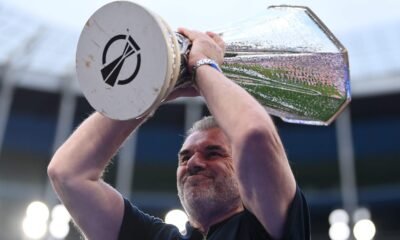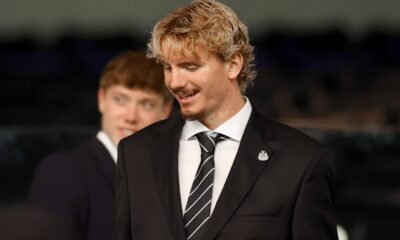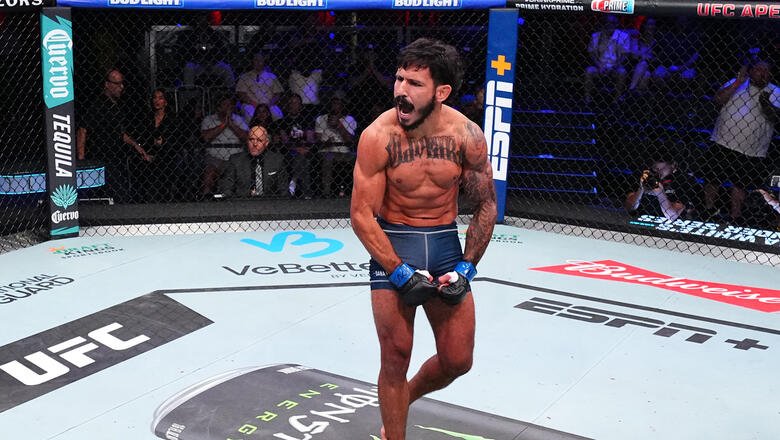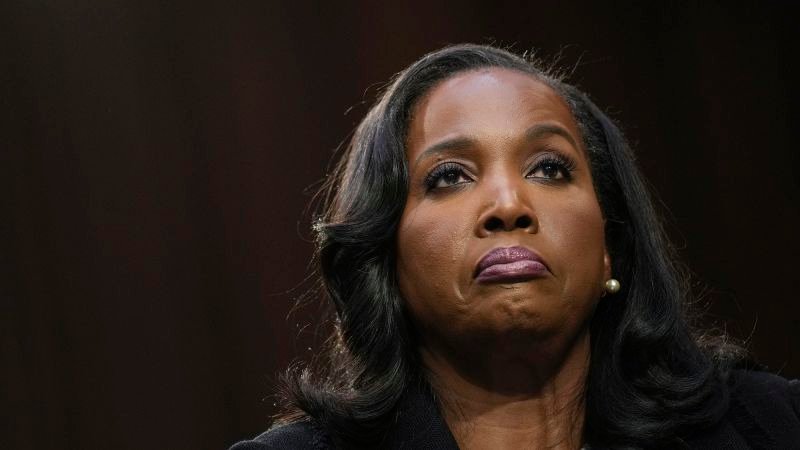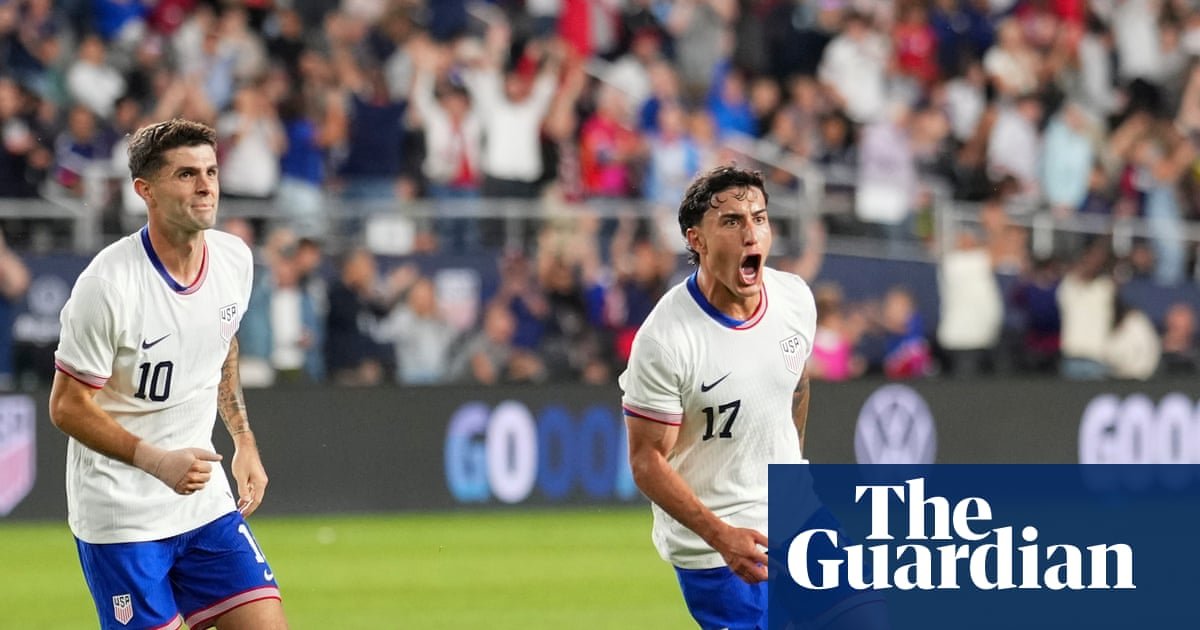A federal judge late Tuesday blocked President Donald Trump’s unprecedented effort to fire Federal Reserve Governor Lisa Cook.
“President Trump has not identified anything related to Cook’s conduct or job performance as a Board member that would indicate that she is harming the Board or the public interest by executing her duties unfaithfully or ineffectively,” Judge Jia Cobb, an appointee of former President Joe Biden, wrote, as she granted Cook’s request to stop the attempted firing.
The decision comes just weeks month after Trump said he fired Cook — the first Fed governor ever to be fired by the president. The administration is expected to appeal Cobb’s preliminary injunction, which ensures the Federal Reserve must keep Cook on as a governor while the legal challenge plays out.
Cobb said on first look Cook’s claim that she was improperly fired is a valid one and that it violated her rights under the Fifth Amendment. At the same time, the judge, who sits on the federal bench in DC, said she believed the issue brings up new legal questions that need to be addressed over the long term.
“President Trump’s actions and Cook’s resulting legal challenge raise many serious questions of first impression that the Court believes will benefit from further briefing on a non-emergency timeline,” Cobb wrote. “However, at this preliminary stage, the Court finds that Cook has made a strong showing that her purported removal was done in violation of the Federal Reserve Act’s ‘for cause’ provision.”
Trump has attempted to fire Cook for cause, citing allegations of mortgage fraud, which the Justice Department is now investigating. But Cobb said Tuesday that the ability to fire people “for cause” is not absolute and limited to actions taken in office.
“The Court finds that permissible cause for removal of a Federal Reserve Governor extends only to concerns about the Board member’s ability to effectively and faithfully execute their statutory duties, in light of events that have occurred while they are in office,” the judge wrote.
Cook says that Trump’s use of “cause” is an attempt to get around a Supreme Court decision from earlier this year that appeared to limit the president’s ability to remove Federal Reserve governors.
Trump, Cook argued in court papers, wants to redefine the meaning of “cause” in a way that would allow him to fire any board member “with whom he disagrees about policy based on chalked up allegations.”
“President Trump does not have the power to unilaterally redefine ‘cause’ – completely unmoored to caselaw, history, and tradition – and conclude, without evidence, that he has found it,” Cook’s attorneys wrote.
In her ruling, the judge at one point said the Trump administration’s argument would lead to an “absurd result.”
“While admitting that the President cannot remove an official for policy disagreements, the Government claims … a removal on the grounds of a policy disagreement would nevertheless be unreviewable,” Cobb wrote.
“This cannot be the case,” she added. “Such a rule would provide no practical insulation for the members of the Board of Governors. It would mean that the President could, in practice, ‘remove a member … merely because he wanted his own appointees on the’ Board of Governors.”
Following the ruling, a lawyer for Cook said she would continue to carry out her duties as a Federal Reserve governor.
“This ruling recognizes and reaffirms the importance of safeguarding the independence of the Federal Reserve from illegal political interference,” attorney Abbe Lowell said in a statement Tuesday night. “Allowing the President to unlawfully remove Governor Cook on unsubstantiated and vague allegations would endanger the stability of our financial system and undermine the rule of law.”
The move to fire Cook was a significant escalation of the president’s battle against the Fed, which has generally been shielded from political influence for decades. Trump has blamed the Fed for taking too long to lower interest rates.
For months, Trump has unleashed an intense pressure campaign against the Federal Reserve to lower interest rates, arguing that his tariff policy will not push up inflation. But central bankers want to see how Trump’s trade war and other sweeping policy changes affect the US economy before resuming interest rate cuts.
During the spring, Trump frequently threatened to fire Fed Chair Jerome Powell. But the president eventually backed off after his advisers privately warned that doing so would likely spark extreme volatility in financial markets.
The Fed is in the throes of a full-scale assault by the Trump administration. In addition to a barrage of attacks, Trump and his allies have blasted the Fed for its management of a $2.5 billion renovation of its headquarters in Washington, DC, which has grown more costly over the years. Some of Trump’s allies saw it as a potential opening to oust Powell.
Now, instead of trying to fire Powell, whose term ends in May 2026, the Trump administration is trying to reshape the Fed by cementing a majority on its Board of Governors. If Cook, a Biden appointee, is successfully removed, it would leave only two Fed governors appointed by a Democratic president on the seven-member board.
“We’ll have a majority very shortly,” Trump said during a recent Cabinet meeting. “So, that’ll be great. Once we have a majority, housing is going to swing, and it’s going to be great.”
Fed policymakers are set to convene for their two-day policy meeting starting on September 16, in which they are widely expected to deliver the first interest rate cut since December, according to Wall Street’s predictions.
This story has been updated with additional details.






